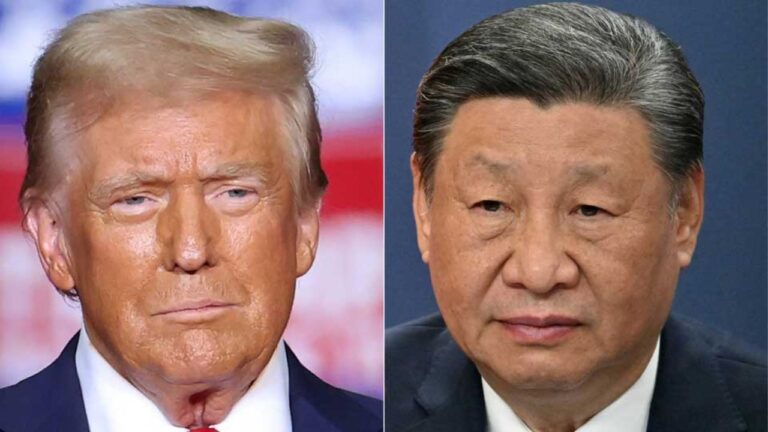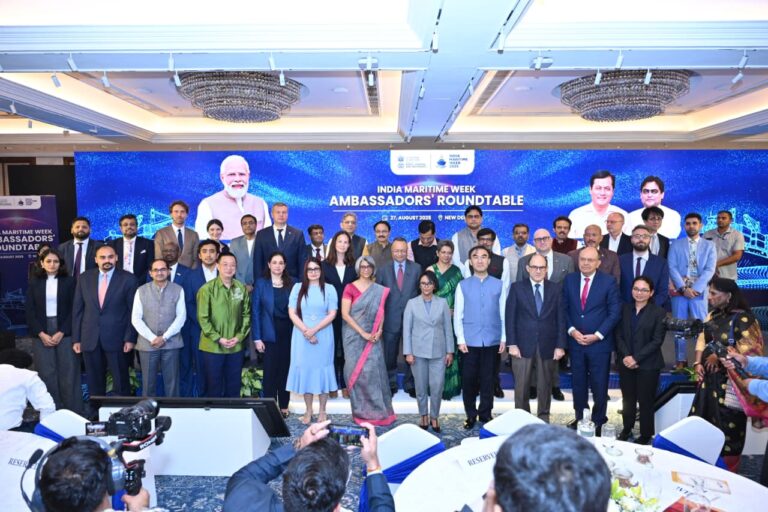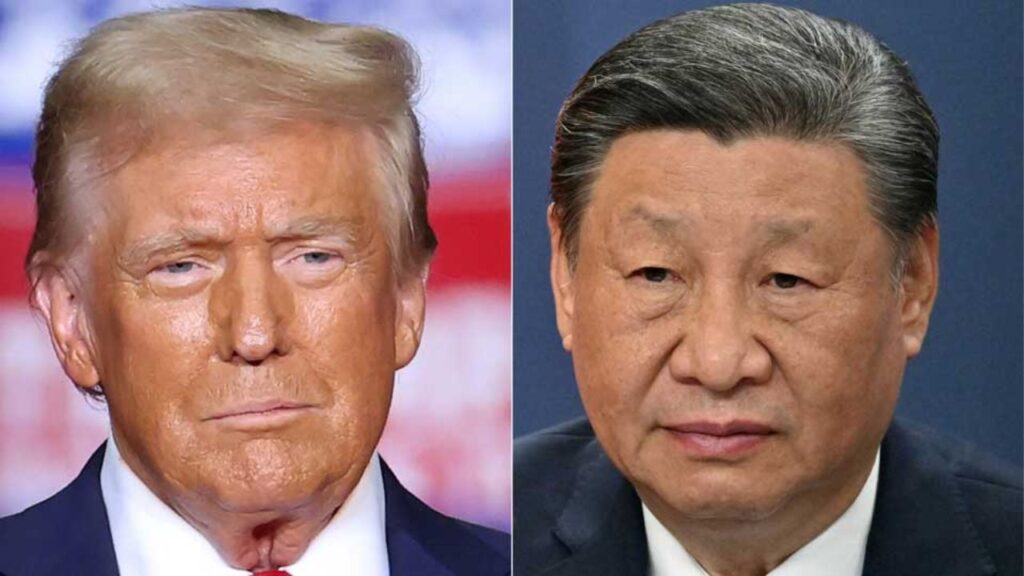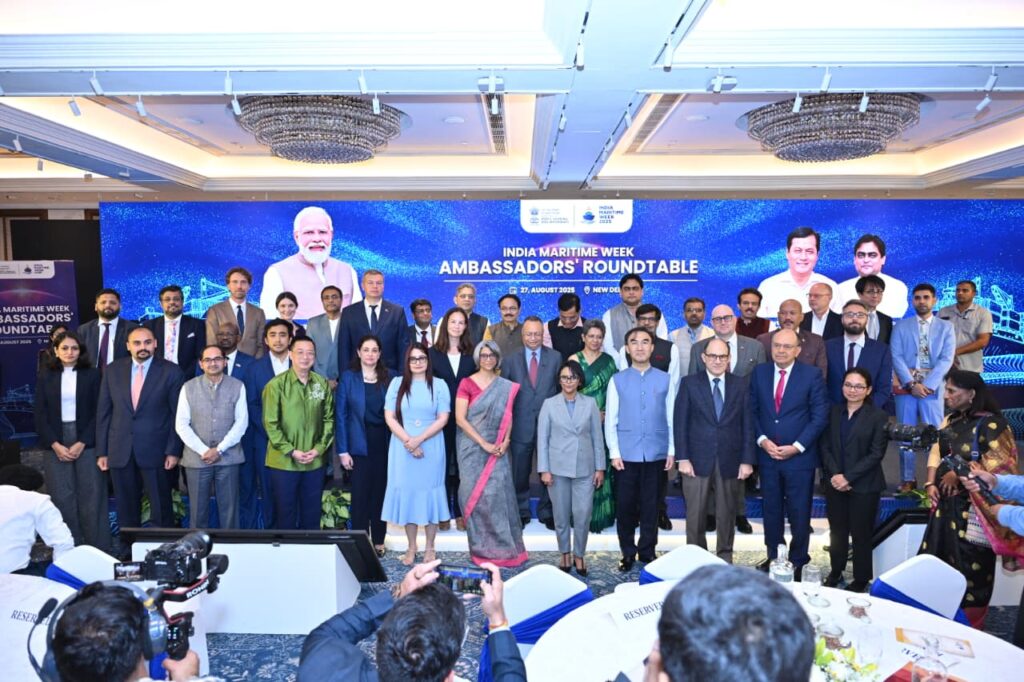Bollywood is often seen as a reflection of Indian society—its values, dreams, and taboos. For decades, it has shaped how we perceive everything from romance to beauty to masculinity. But now and then, someone comes along who challenges the script. That someone, in recent years, has been Ranveer Singh. Known for his electrifying performances and high-energy persona, Singh has carved out a unique space in Indian cinema, not just as an actor, but as a fashion rebel unafraid to question gender norms.
Whether he’s walking the red carpet in a sequinned skirt or making public appearances in bold prints and accessories traditionally seen on women, Ranveer Singh has consistently used fashion as a tool for expression. In a society where the line between “male” and “female” clothing remains rigid, Singh’s unapologetic style choices have sparked conversations that go beyond aesthetics—they touch upon identity, freedom, and the changing face of masculinity in India.
Ranveer Singh’s rise in Bollywood was meteoric. From his debut in Band Baaja Baaraat (2010) to powerhouse performances in films like Padmaavat and Gully Boy, he quickly became known for his range and versatility as an actor. But it wasn’t just his on-screen roles that made him stand out. Off-screen, he was busy crafting a style narrative that was entirely his own.
At a time when most male actors stuck to safe, classic looks—black tuxedos, muted sherwanis, and clean-cut suits—Ranveer started experimenting. He collaborated with equally fearless fashion designers, blending streetwear with high couture, Indian embroidery with global cuts, and femininity with masculinity. From brocade jackets to oversized jewellery, he turned every public appearance into a runway of self-expression.
One of the most powerful aspects of Ranveer Singh’s fashion journey is how deliberately it challenges the gender binary. In India, the idea of what a man should wear is deeply rooted in tradition and conservative values. Bright colors, makeup, skirts, or anything remotely feminine is often dismissed as “unmanly.” Singh refuses to accept that.
He’s been spotted wearing skirts, kaftans, embroidered shawls, and pearl necklaces—all with the same confidence and pride as any leading actress. What’s striking is not just the clothing, but the message it sends: that clothes do not define gender, and self-expression shouldn’t come with rules.
In an interview with Filmfare, Singh once said, “People have this misconception that masculinity is about being rough and tough. But I feel the most masculine thing a man can do is be vulnerable and open. If wearing a skirt helps me feel powerful and expressive, then why not?”
This attitude is refreshing in a film industry that still often promotes hyper-masculine heroes. Ranveer is redefining what it means to be a male star—one who can be fierce on-screen, emotional in real life, and fabulous in fashion.
Ranveer Singh’s fashion choices aren’t happening in a vacuum. They reflect—and are influencing—a larger cultural shift. India is slowly opening up to conversations about gender fluidity and expression. With LGBTQ+ rights gaining more visibility and younger generations embracing individuality, Singh’s style acts like a mirror held up to a changing society.
Fashion, after all, is one of the most immediate ways we communicate who we are. And when someone with as much reach as Ranveer Singh dares to defy expectations, it makes others feel seen and validated. On Instagram and Twitter, fans often share how his confidence inspires them to be more expressive and authentic in their own lives.
What’s more, other Bollywood actors are beginning to follow suit. Ayushmann Khurrana, Siddhant Chaturvedi, and even Shahid Kapoor have started experimenting with androgynous fashion, something that was almost unthinkable just a few years ago.
Of course, being a trailblazer comes at a cost. Ranveer Singh has often been the target of online trolling and negative press. Memes mocking his clothes, tweets calling him “attention-seeker,” and comments questioning his sexuality are common. But if there’s one thing Singh has mastered, it’s how to silence critics with confidence.
“People will always talk. They’ll judge, they’ll laugh, and then—slowly—they’ll change,” he said in a recent interview. It’s a reminder that every bold step forward often faces resistance, but it’s those steps that ultimately pave the way for a more open and accepting world.
Ranveer’s style is not just about fashion—it’s about empowerment. By blurring the lines between “men’s wear” and “women’s wear,” he’s showing that true style has no gender. And in doing so, he’s empowering others, especially young men, to embrace their individuality without fear.
Designers like Manish Arora and Sabyasachi have publicly applauded Ranveer’s influence. “He’s not afraid to be different, and that’s a rare quality,” said Sabyasachi in an interview. “In a way, he’s making it easier for the next generation of men to be expressive, artistic, and bold.”
In 2019, he even graced the cover of a leading fashion magazine wearing a ruffled blouse and pearl earrings, a look traditionally reserved for women. The shoot was both provocative and powerful—it was a statement that said, loud and clear, that self-expression transcends gender.
As Bollywood continues to evolve and India steps into a more inclusive era, Ranveer Singh’s fashion legacy is likely to be remembered as a turning point. He may not have set out to be a style activist, but in breaking the mold, he’s become a symbol of change.

















